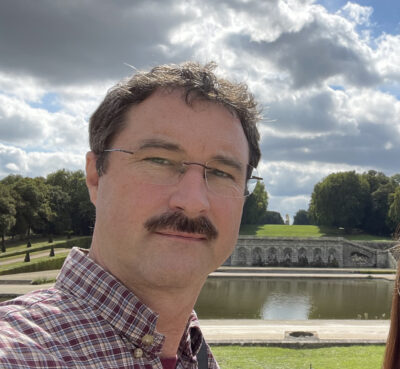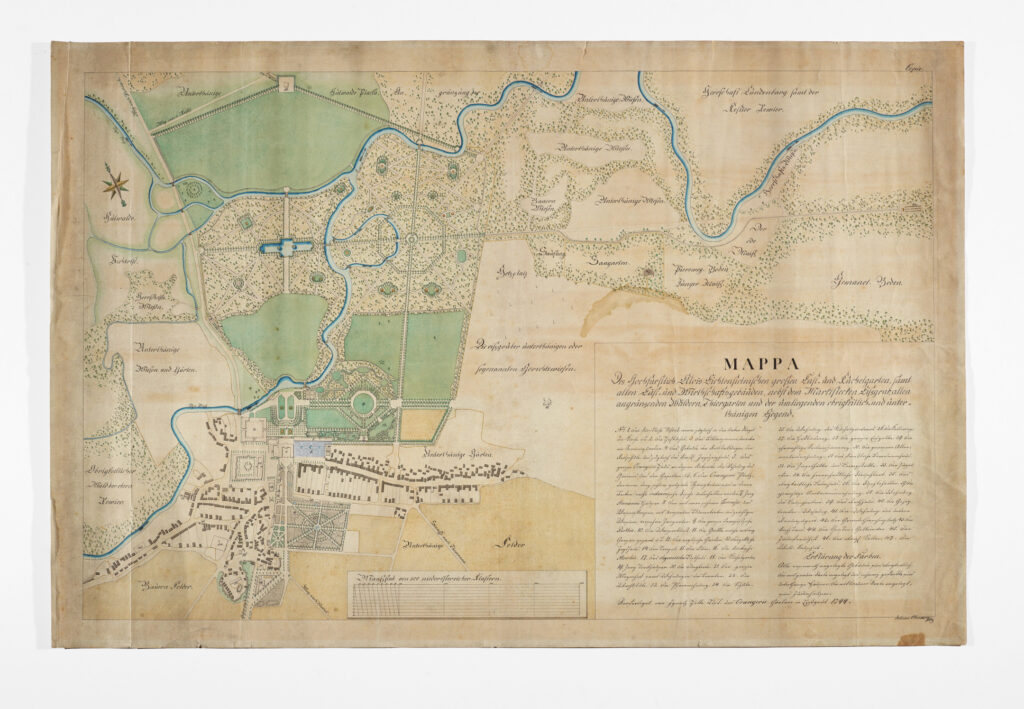The Enlightenment is a fascinating period in human history. I believe it began in gardens. Geometric gardens were designed in France, culminating in the gardens of Versailles, to show a man’s ability to control nature. Plants were adapted into unnatural geometric shapes but reflecting a shift in human thought. Mankind thought it had become independent of nature. However, entropy kicked in again and the French Revolution came.
In response to the absolute conception of gardens, a period which says that everything handmade should be excluded from the garden in contrast had been emerging. It is a period when one begins to reflect on what one is doing and critical thinking. From that, the basic premise of the Enlightenment is created.
The primary goal of this movement was the moral and intellectual improvement of humanity. The Enlightenment wanted to create a new type of society that would develop based on the nascent humanist movement.
Generally, the main focus was on the freedom of speech, tolerance, interpersonal reciprocity and humanistic ideals. Thus, it influenced garden art where the principle of the formal garden was gradually abandoned in favour of the landscape park.
This is the period when the largest landscaping works in the Lednice-Valtice area begin. The first Chinese pavilion is built in Valtice and the garden is organically expanded according to the fashionable landscaping of the time. However, development in Lednice is much more interesting. The landscape garden is created with geometric shapes symbolizing the Masonic tools used to change the world. There is also a symbolic representation of the journey of knowledge – first one seeks the way alone along winding paths, then one follows the straight paths with a teacher, and after acquiring knowledge one arrives at the Temple of the Sun and receives enlightenment. All this is recorded in the historical plans of the landscape garden. Among other things, the space created here was ideal for musical and theatrical productions, where the company could walk through the various stops with different backdrops.
Just as the Lednice-Valtice area gradually evolved, so did the pencil – which was perfected as a basic architect’s tool by Joseph Hardmuth in Lednice.
One of the main motifs of Masonic symbolism is the working of natural stone into a block from which a temple – or the world – is built. Hardtmuth’s time was a time of symbols. Hardtmuth ground up graphite, which is made of carbon (like diamond) and combined it with clay and fired it to form a man-made stone, the lead. But it was not until his grandson Franz chose the nature’s hardest stone – and attached it to the company’s name. Adding a reference to the naming of one of the world’s most famous diamonds, Koh-i-noor Hardtmuth was born.
The Enlightenment zeitgeist of discovering new species of plants and their use not only for the economy but also for artistic compositions in gardens and parks was perhaps best embodied by the invention of the pencil. The pencil is a mixture of clay with graphite to create a lead that was set in the unique wood of the Juniperus virginiana. Also known as red cedar, it is red and fragrant when sharpened. Each sharpening symbolically works the stone. Therefore, red cedar was brought from America to the gardens of Lednice. Not only human needs and art, but also new materials discovered overseas were brought together.
Pencil became a tool for capturing ideas. It has been yellow since 1889, which may symbolise the parsec of Sun. The parsec designed to create in the hands of man. The cult of the Sun, a symbol of the Enlightenment, appears in several of Joseph Hardtmuth’s works. Due to its simplicity, pencil became a common writing utensil available anywhere. As the only standard writing instrument, its entry can be easily corrected (erased), just as an idea can be perfected. It is arguably one of the fundamental inventions that sparked the creativity of mankind.
In this context, the inscription on the gate in the Valtice square gains slightly shifted meaning:
PROXIMUS FACI SEMPER FIDUS PERENNAT LUCE LAPIS – meaning “The glow of a diamond surpasses the glow of a torch” or more literally “The glow of a diamond is overshadowed by a stone and a light”.
Author: Doc. Ing. Přemysl Krejčiřík, Ph.D., landscape architect and educator



